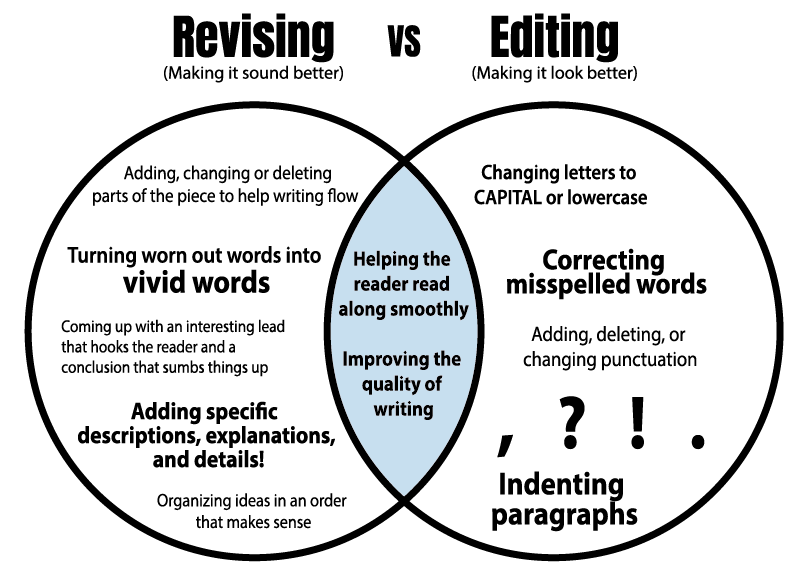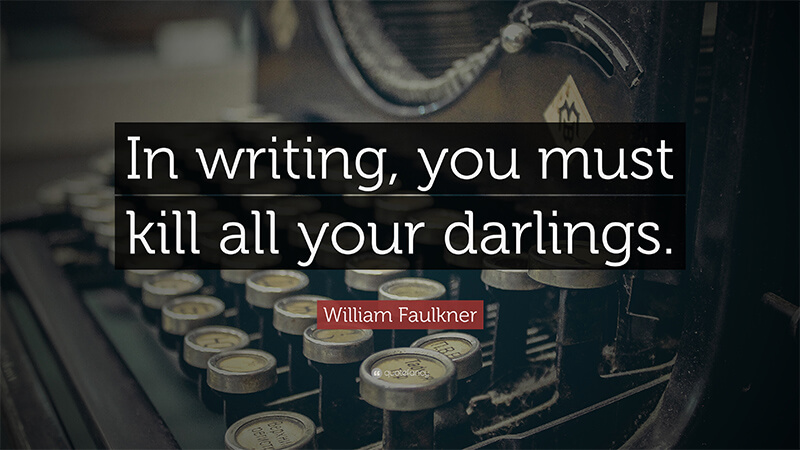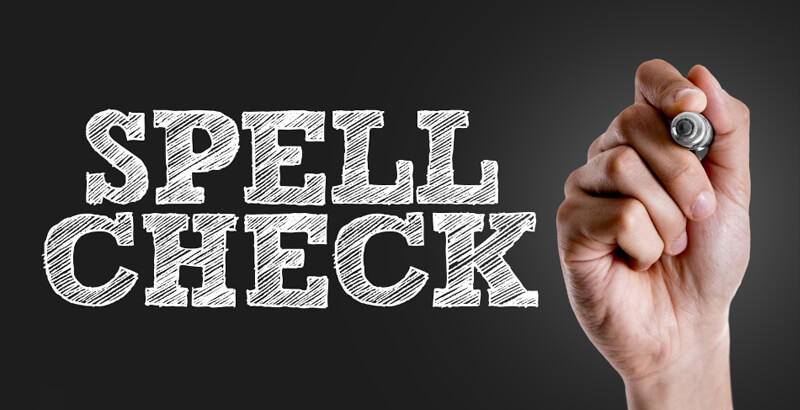
Don't dread the Revision--set your story free!
First, Congratulations!! If you are ready to revise and edit--then you have finished your story! That's something of which you can be very very proud!!!
Now to revise!!!
It's not a red pen thing ~ it's trimming away what is holding your story back from inspiring the reader.
Revising is reviewing the "big picture" to clarify ideas.
Editing is more geared to fixing grammar and spelling. (We love you spell check and grammar check).

Editing is the very last step before you publish. Often times, authors will hire editors--but it's possible to edit your own work.
Here are some tips for your Revision process.
Before we begin the revision process, here is a favorite must-see writer's moment to make you smile
Tip #1: Let it Marinate.
In Stephen King's book On Writing, he recommends 6 weeks. He suggests that you just 'put it in a drawer and forget about it for at least 6 weeks.'
How to revise your writing How to revise your writing
This distance allows you to look at it with "fresh eyes." I'm always amazed when I read something that I wrote weeks before & it's as if I'm seeing for the first time. But, this allows me to find the holes in the story.
Be prepared to be both amazed and frustrated with what you wrote. Set out some time for yourself-- get into your favorite writing clothes, have the best munchies nearby and isolate yourself from all (even phone) interruptions
If possible, have the entire story as a hard copy. Arm yourself with sticky notes, highlighters and best pens. This is part of the process--enjoy the journey.
[bctt tweet="Don't Dread The Revision ... Set Your Story Free!"]
Tip #2: Think big picture
Now that you've let it sit for a few weeks, it's time to relook at your creation. This is the part where you get comfy. Surround yourself in your favorite writing environment and first be ready to enjoy reading what you've written.
The BIG THINGS you'll want to look at:
+Review your plot points. Does the story build to a climax? Is the ending natural and satisfy the loose ends?
+Are the actions of the characters consistent?
+Does every scene have a clear setting. Does the setting serve a dual purpose (when possible?)
+Where are there places to insert foreshadowing?
+Is there a theme or message you were hoping would be a part of your story?
Here's an extensive list of other questions you can ask yourself -- or ask your writing group. Not all will apply to every story, but they are always good to keep in mind.
Writers Write
Rewriting - A Checklist for Authors
Have you started with an inciting moment?
Have you introduced your main characters in the opening scenes?
Have you checked genre requirements?
Have you included enough dialogue? (At least 50%)
What is your promise to the reader in the beginning? Is it clear?
Is there enough conflict?
Have you considered your target market?
Have you explained something in dialogue and in the narrative?
Have you given your protagonist a distinctive voice?
Have you done a spell check?
Do you have too many long sentences?
Have you removed most of your adverbs?
Have you reduced your adjectives?
Have you removed the imprecise or nonsensical?
Have you cut out gratuitous similes and metaphors?
Have you cut out gratuitous profanity?
Have you reduced the passive voice?
Have you taken out your pretentious pieces of writing?
Have you taken out author intrusion and inadvertent preaching?
Have you used the correct lexicon for the genre?
Have you rewritten your novel at least five times?
Are there holes in your plot?
Is your protagonist believable?
Is your antagonist believable?
Does your dialogue flow? Read it aloud.
Have you used enough contractions?
Have you chosed the correct viewpoint for the novel?
Have you set your characters in time and place?
Have you cut out modifiers and qualifiers?
Have you made good on your promise? Is your reader satisfied?
Credit Writers Write
Tip # 3 Bring it to your Writing Group or....
To anyone who will read it and give you constructive feedback. These reader are sometime referred to as "beta readers."
This can be done by giving the beta reader a section or chapter you want some insights on or the whole work.
In either case, it's best to give the reader a fresh clean copy. I give my readers a short list of ideas I want them to look for (and a Starbucks Card). They should also have an idea of who your audience will be (ex. "read this as if you are a teen or a 40 year old woman").
When possible, you'll want a variety of beta readers.
Be prepared for their suggestions and comments. It's not always easy to hear what is not working in your story, and of course, you don't need to take every suggestion.
It's art and everyone will see it differently.
Below is a short video clip (with a very goofy voice), but some good visuals and advice as to how to address the insights given to you by your writing group or beta readers.
However, plan on spending some significant time with the suggestions. Some you will use and some you will not--but consider everything.
Hopefully, your writing group and beta readers can be this helpful...
Tip #4: Do you need to do a little a more intel?
I wrote a story where my main character was a guy. I'm a girl. My readers felt like some of the dialogue from my "guy" came across too much like how a girl would talk.
So, I did some research. I listened to how guys talked--in public areas, in movies and on TV and I went back to change my dialogue.
You may need to go back to your plot charts.
This is also a good time to refer to any books in your writing library.

Tip #5: "In writing, you must kill all your darlings." (William Faulkner)
The hardest part of revision is deleting the parts we felt we've worked so hard on. One way to make this more palatable is to create a 'scraps' folder on your computer.
This way, those sections still exist--and may be reused at some point--but they are not right for that point in that story.
But be merciless. When in doubt--take it out. You'll either find something better for that part, or if it feels worse, then you can go to your scraps folder and add it back in, (but you probably won't).
Revising and Editing can be a tedious process, but a necessary one. Don't dread it--recognize it for making your good stories great!
how to edit
** If you are planning to "shop" your manuscript to publishing houses and/or find an literary agent, I highly suggest you invest in hiring an editor. Some charge by the word, by the page or by the hour.
Some self publishing companies offer an editor as part of a package.
However, you are committed to doing your own self-editing, I highly suggest you look for "The Big Three"
1. Unnecessary/weak words
2. Punctuation of dialogue
3. Basic Spelling and Grammar
[bctt tweet="Don't Dread The Revision ... Set Your Story Free!"]
Tip #1: Cutting unnecessary words & Tightening up the sentences
There are a lot of unnecessary words in the first drafts and that's fine. Part of revising is finding them and taking them out.
This is a good place to replace strings of adjectives with a stronger, specific noun. And to be on the lookout for adverbs.
Here's a short video with some good suggestions about finding those words.
Tip #2: Check your dialogue
The one thing I notice the most about first drafts is that the dialogue is not punctuated correctly.
Here's is a section I've copied from Part 10 "Characters and Dialogue" to refer to as you are in your editing phase:
As a reader, you want to feel lost in the story. Your "eyes" expect certain patterns when you read, including how dialogue is punctuated. Here are a few simple rules you can use as a writer to help keep your readers in the story.
1. New Paragraph for a New Speaker
"Hey," said Blaire. "Are you single? Or just sexy?"
"Both," said Maddie. "Because of creepy guys like you."
"No need to be hostile. Jus makin' conversation."
"Uh huh," Maddie said. "Jus make it somewhere else."
2. Punctuation stays Inside the Quotation Marks
"Hey," said Blaire. "Are you single? Or just sexy?"

Tip #3 Use your Spelling and Grammar Check
It's a wonderful, beautiful tool and takes a lot of the legwork out of the guessing which word is correct or where does that comma go. I imagine most of you have access to this tool. I have included a list of misspelled words, just in case.
Here are a few more resources for you!
Get all three Fixing Your Revision Problems books in one omnibus! This book contains Fixing Your Character & Point-of-View Problems, Fixing Your Plot & Story Structure Problems, and Fixing Your Setting & Description Problems--PLUS a BONUS workshop: How to Salvage Half-Finished Manuscripts.
A strong story has many parts, and when one breaks down, the whole book can fail. Make sure your story is the best it can be to keep your readers hooked.
Janice Hardy takes you step-by-step through the novel revision process, from character issues, to plot problems, to description issues. She'll show you how to analyze your draft, spot any problems or weak areas, and fix problems hurting your manuscript. With clear and easy-to-understand examples, Revising Your Novel: First Draft to Finished Draft offers eleven self-guided workshops that target the common issues that make readers stop reading. It will help you:
Flesh out weak characters and build strong character arcs
Find the right amount of backstory to enhance, not bog down, your story
Create unpredictable plots that keep readers guessing
Develop compelling hooks to build tension in every scene
Determine the right way to include information without info dumping
Fix awkward stage direction and unclear character actions
and MORE!
[bctt tweet="Don't Dread The Revision ... Set Your Story Free!"]
Recommended Reading

